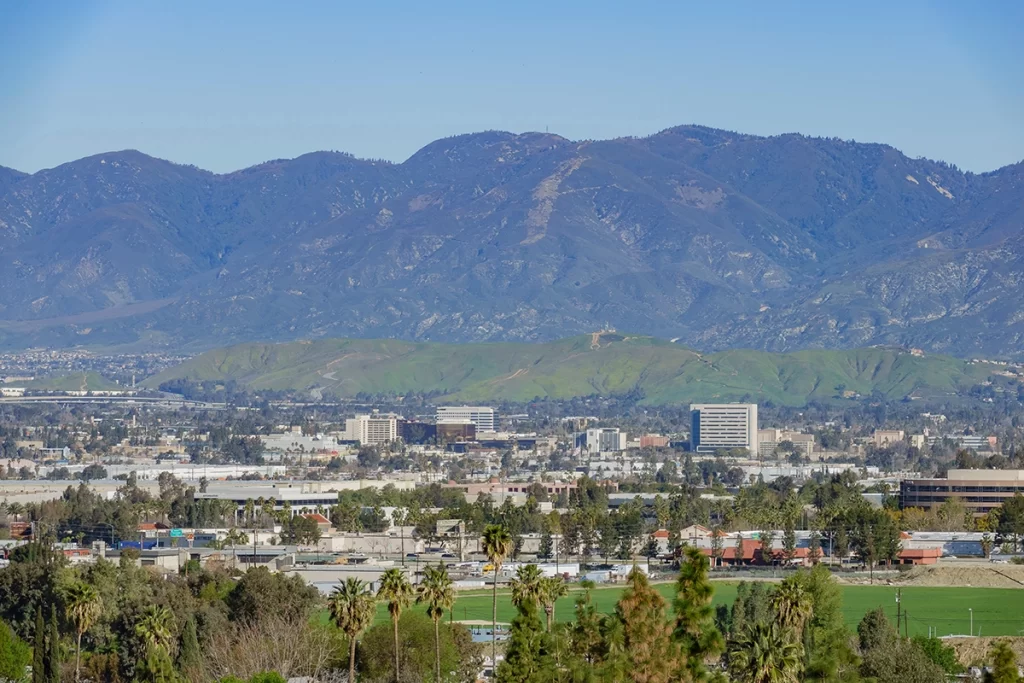Access to accurate, relevant, and clear health information is vital for nurturing community wellness and achieving equitable health outcomes across various populations.
The glaring disparities in health statistics between communities are often a result of the availability of health resources, the proficiency of healthcare providers, and the overall health-oriented mental state of the individuals within these communities.
Such disparities are vividly exemplified by the differences between Loma Linda, inhabited by the Seventh-day Adventists, and the nearby city of San Bernardino, both located within California.

Minority communities and demographics, including Native American, Hispanic, African American, and women, often experience unique health challenges, socio-economic barriers, and systemic healthcare access issues.
By understanding the risk factors and informational bottlenecks that affect these individuals, we can glean insights to help benefit all communities and enhance healthcare systems worldwide.
The health disparities between Loma Linda and San Bernardino in California
Loma Linda and San Bernardino, located in close proximity to each other, present a stark contrast in health statistics, illustrating the critical role of lifestyle, access to health information, and community resources in determining well-being.
Loma Linda is renowned for its community of Seventh-day Adventists, who are known for their healthy lifestyles and longevity.

The residents of Loma Linda live between 8 and 12 years longer than the national average in the US, with a significant number reaching 100 years of age, in part due to their plant-based diets, regular physical activity, and strong community networks.
The city has been designated as one of the world’s ‘Blue Zones’, where people live measurably longer lives.
Life Expectancy: the life expectancy in Loma Linda is notably higher, with many residents living well into their 90s and beyond.
Chronic Diseases: the incidence of chronic diseases such as heart disease, diabetes, and cancer is significantly lower compared to the national average.
Mental Health: the strong sense of community and spiritual life contributes to lower levels of stress and mental health issues.
Contrarily, the citizens of San Bernardino endure severe health hurdles, with concerning statistics highlighting the urgent need for support and intervention.
Life Expectancy: the life expectancy in San Bernardino is lower than the national average, with many residents facing premature deaths due to preventable diseases.
Chronic Diseases: San Bernardino has high prevalence rates of chronic conditions such as obesity, diabetes, and heart disease, often linked to socioeconomic factors and lifestyle choices.
Mental Health: the city has a high incidence of mental health disorders, exacerbated by limited access to mental health services and support.
The contrasting health statistics between Loma Linda and San Bernardino show how important behavioral change, access to good-quality health information, and community resources are for determining and improving health outcomes.
It highlights the need for a holistic approach to health and wellness, focusing on both physical and mental well-being, addressing underlying social determinants of health, and bridging the health divide through equitable healthcare access.
Importance of access to health information
Access to precise and timely health information enables individuals to make enlightened decisions about their health, fostering a health-oriented psychological state.
This access is particularly vital for communities like the Native American, Hispanic, and African American populations, where historical, socio-economic, and cultural factors have often limited such access, leading to health disparities.
Information empowers individuals and communities to take proactive measures, make informed health choices, and seek appropriate medical care.
How to build a healthy community
The quality of health in a community is shaped by the collective well-being of its residents, how easily they can access healthcare resources, and the ways in which their environment promotes healthy behaviors.
The trifecta of informed individuals, supportive environments, and readily-available healthcare information helps nurture the kind of community-wide behavioral change which drives social cohesion, health equity, and, ultimately, more fulfilling lives.
Why healthcare providers and resources are essential
Healthcare providers are instrumental in narrowing the health divide between communities. Their knowledge and dedication to community well-being can revolutionize health landscapes.
Providers can profoundly influence their communities by offering personalized interventions and education, motivating people to focus more on their health.
They play a pivotal role in addressing health inequalities by providing culturally competent care, advocating for health equity, and strengthening community engagement.
The availability and accessibility of health resources are just as fundamental. These resources are the bedrock upon which early detection, management of health conditions, and enhanced quality of life are built.
In communities with abundant health resources, residents are more likely to enjoy healthier, longer lives.

About The Author
Dean Sherzai, MD, PhD
Dr. Dean Sherzai is co-director of the Alzheimer’s Prevention Program at Loma Linda University. Dean trained in Neurology at Georgetown University School of Medicine, and completed fellowships in neurodegenerative diseases and dementia at the National Institutes of Health and UC San Diego. He also holds a PhD in Healthcare Leadership with a focus on community health from Andrews University.
Get more brain science direct to your email inbox
Sign up for the Brain Docs newsletter for weekly recipes, brain teasers, neuroscience facts, podcast updates, and more — for free!



